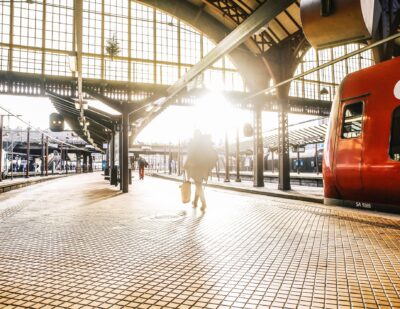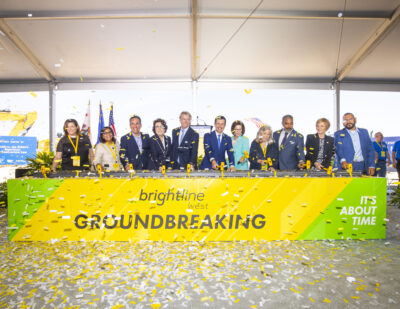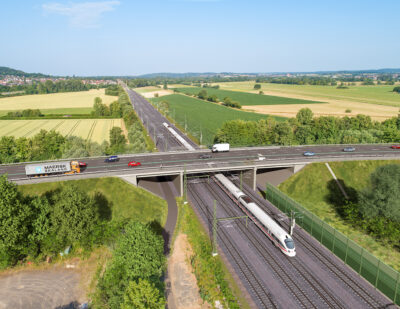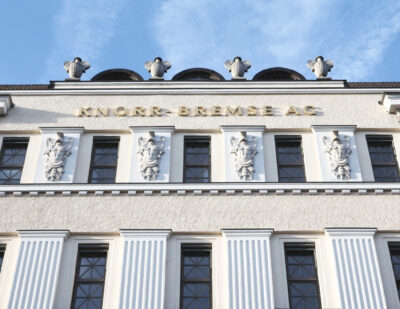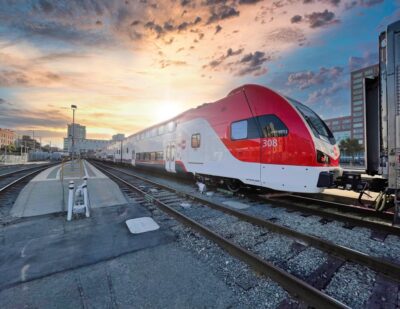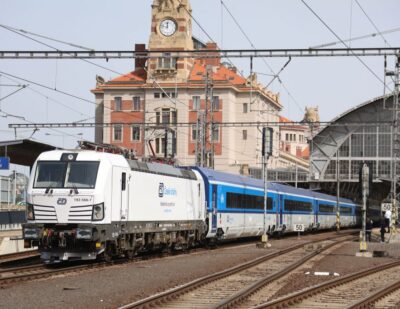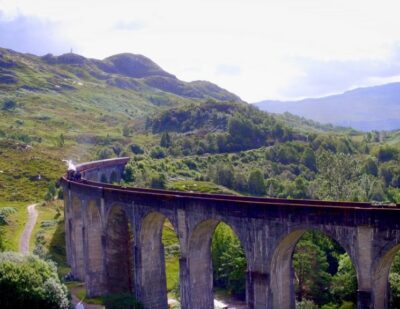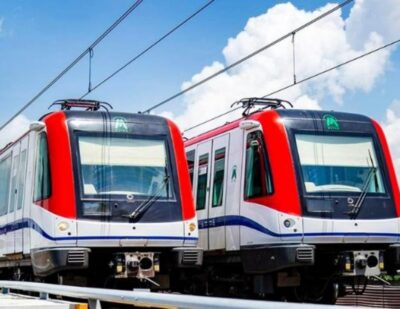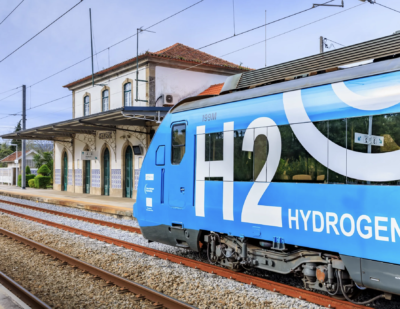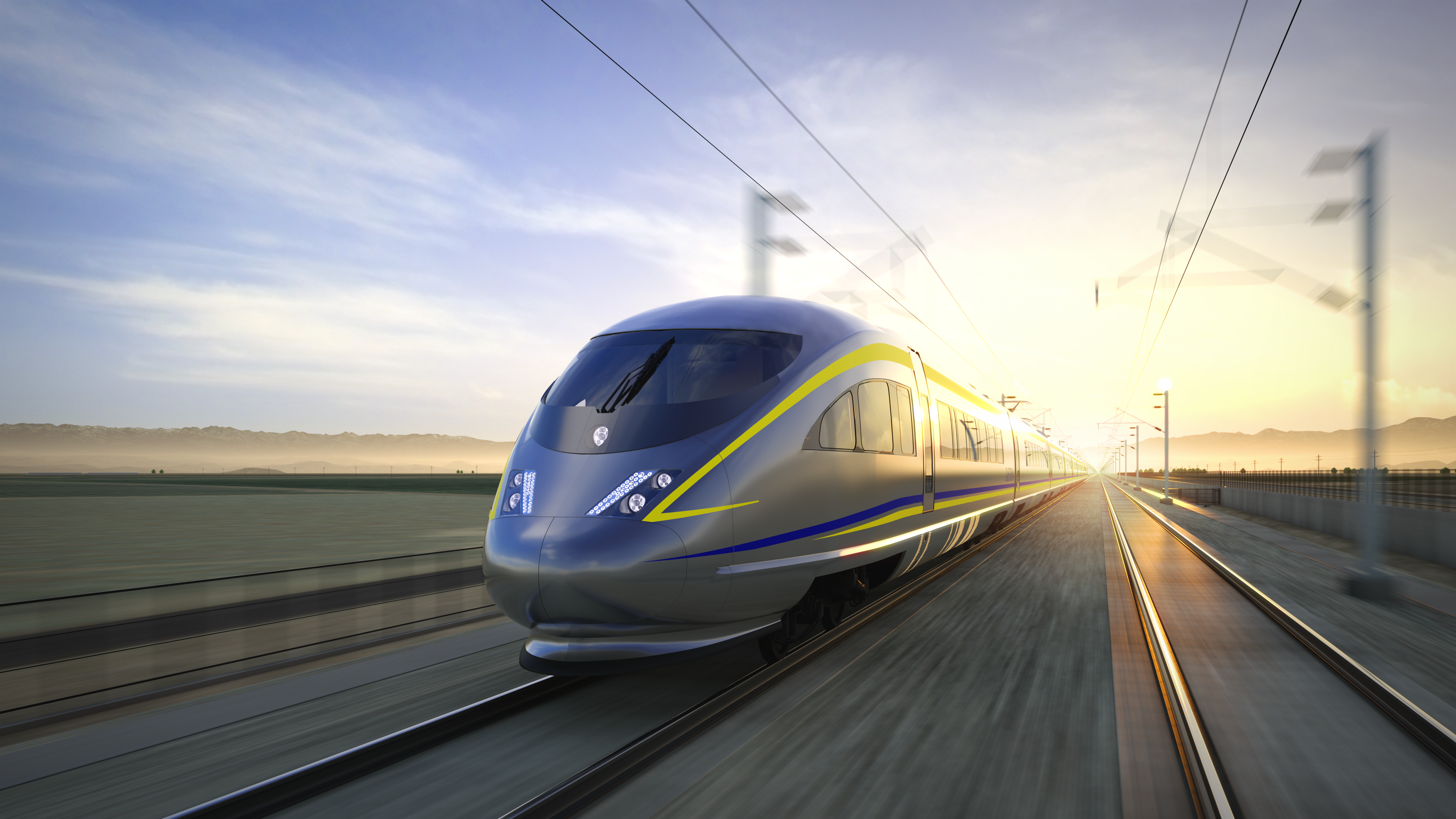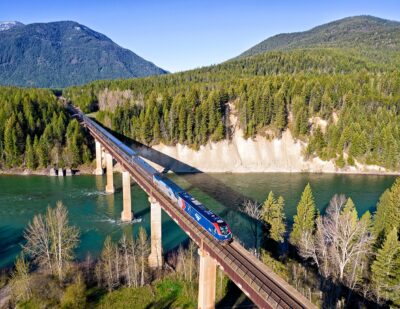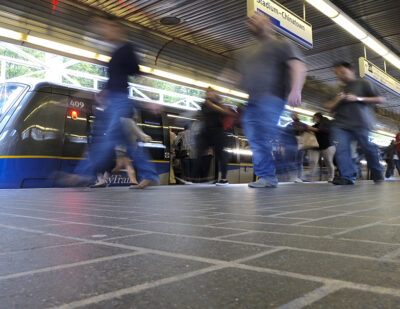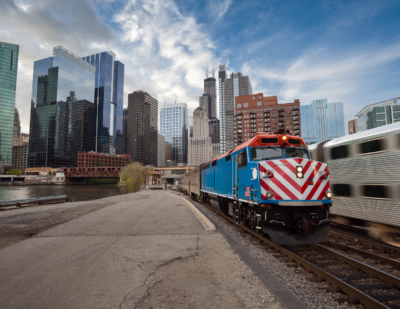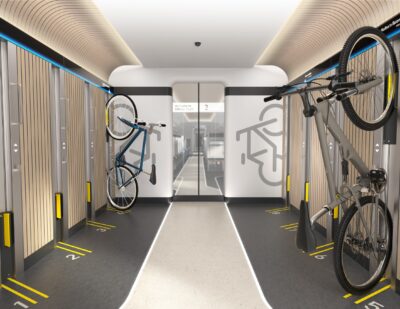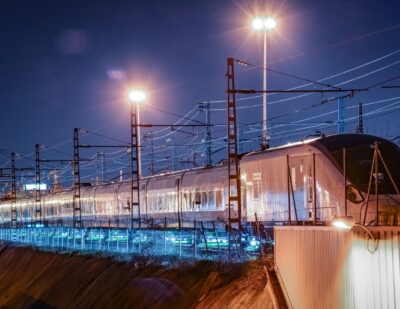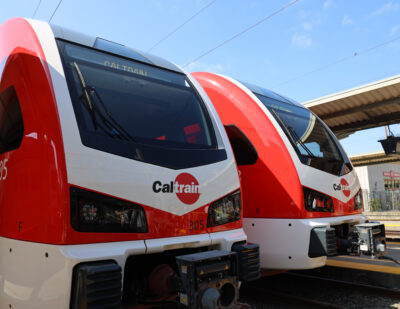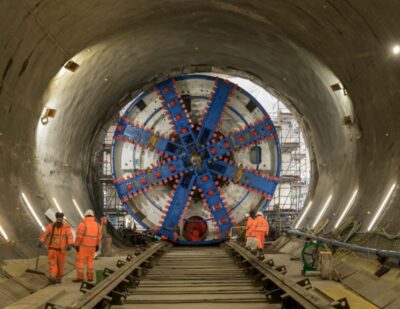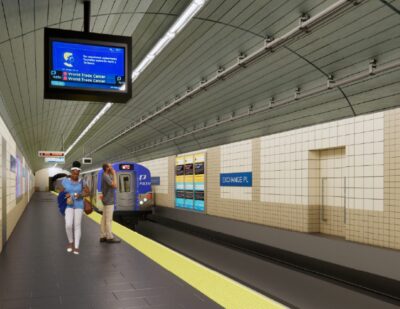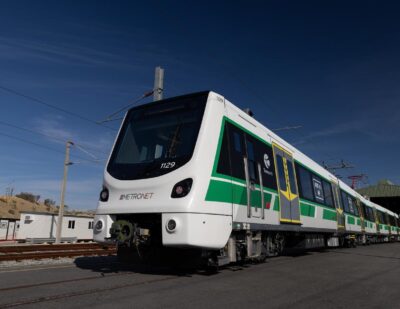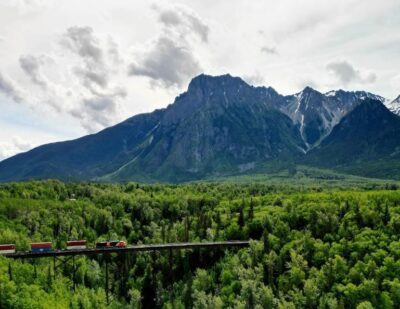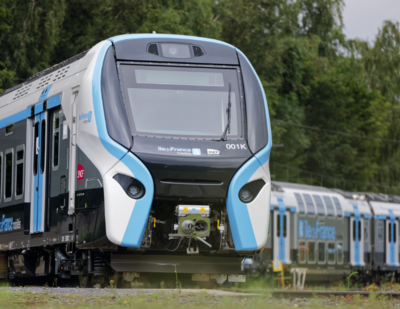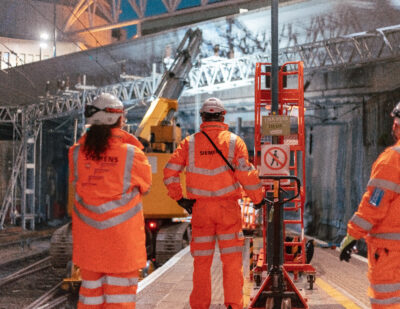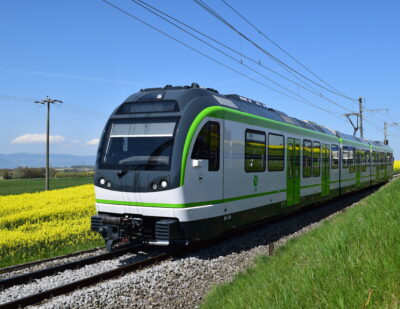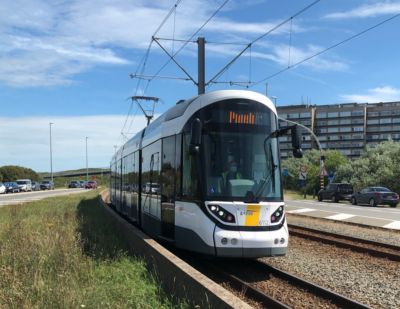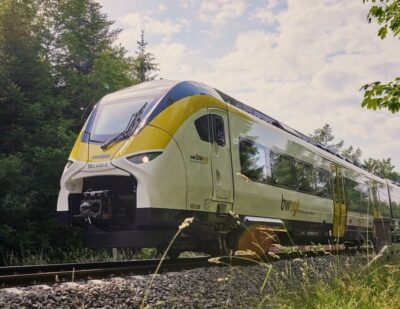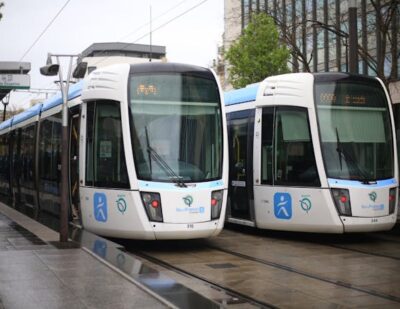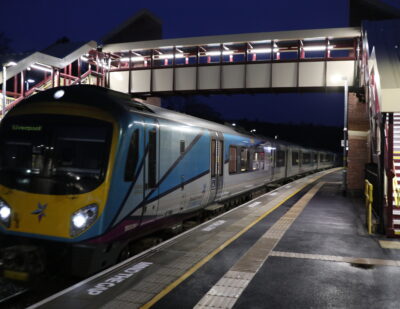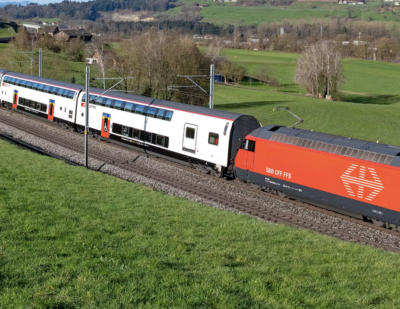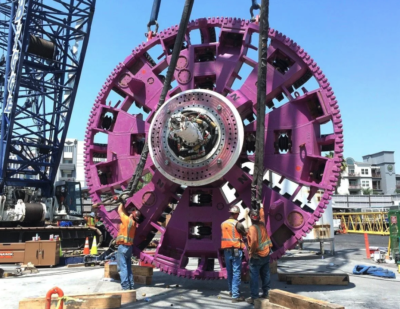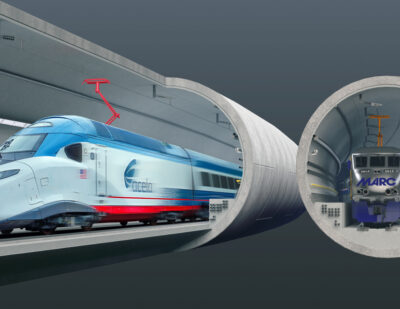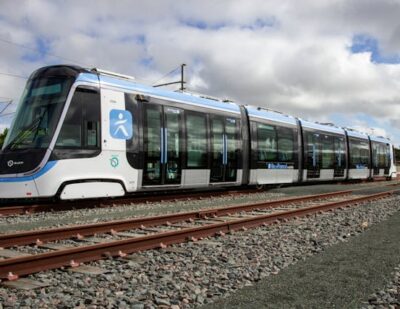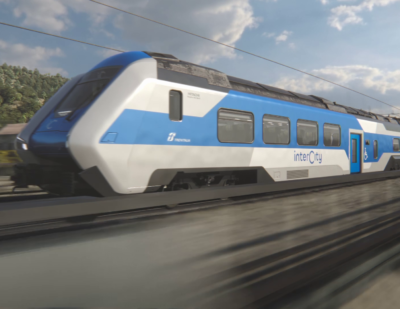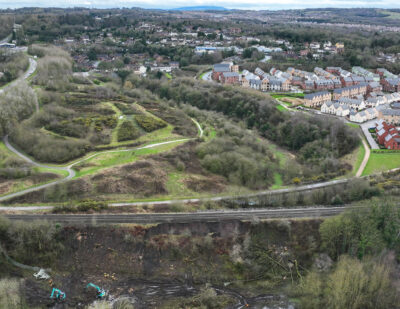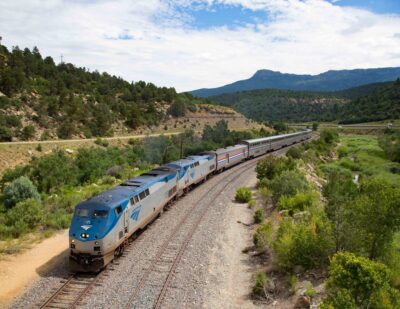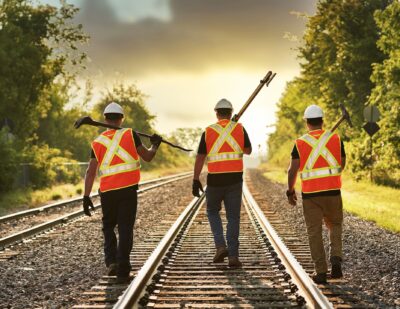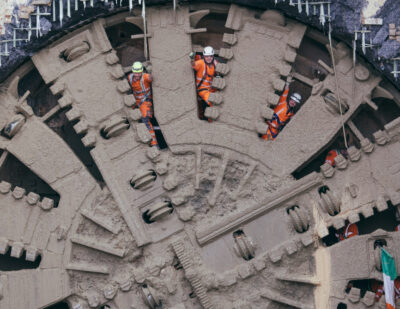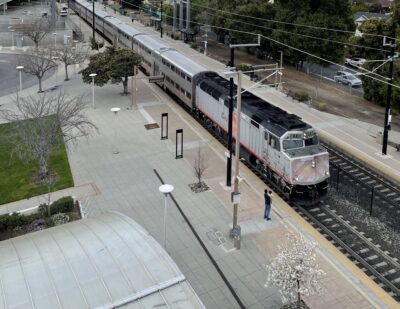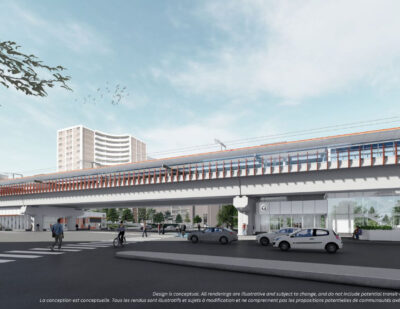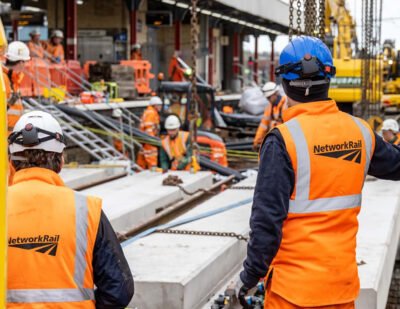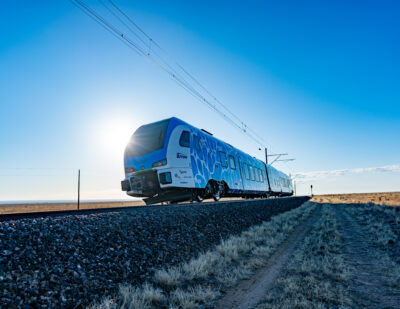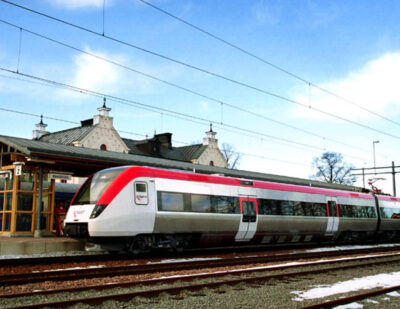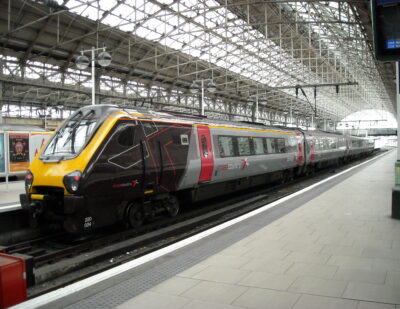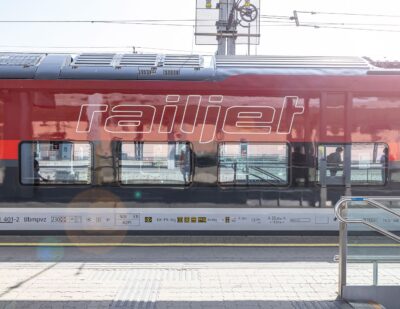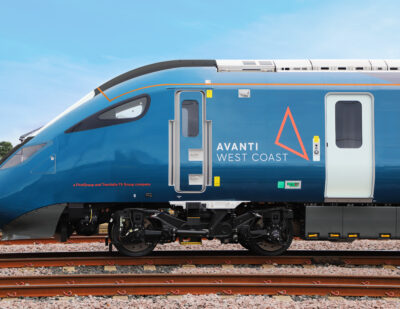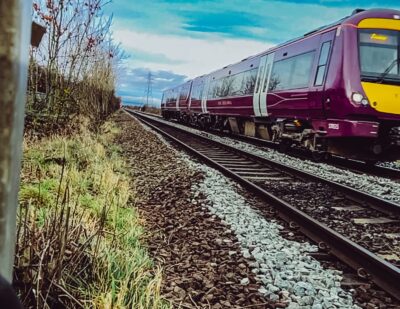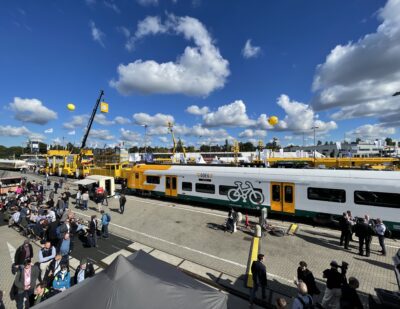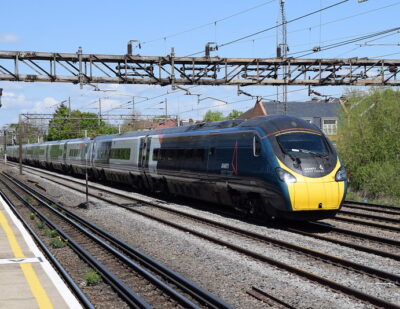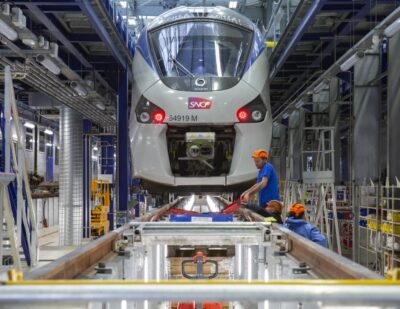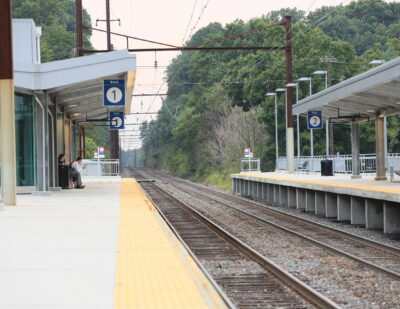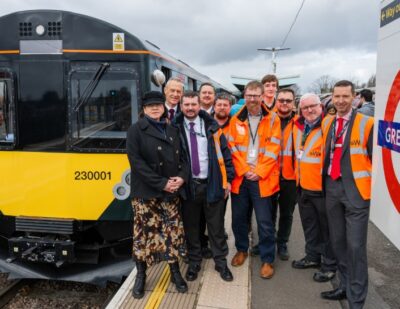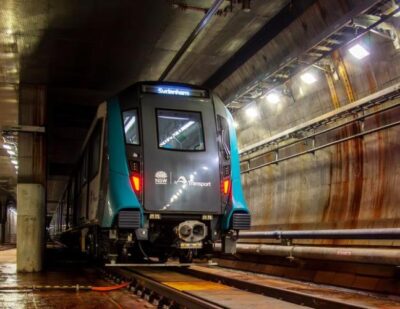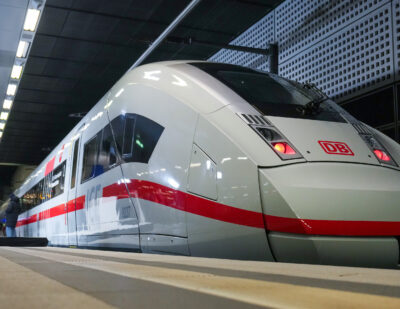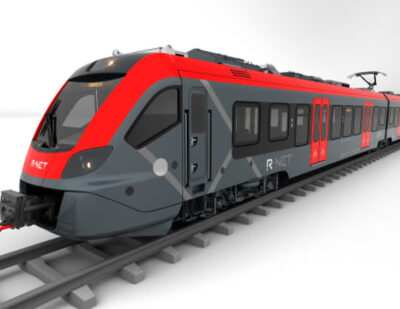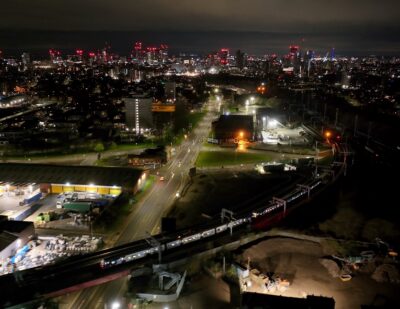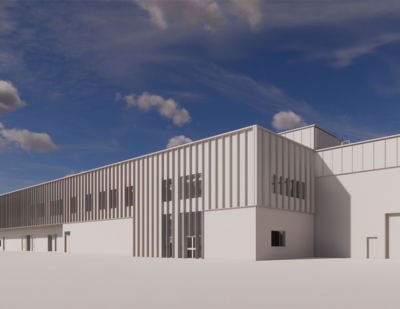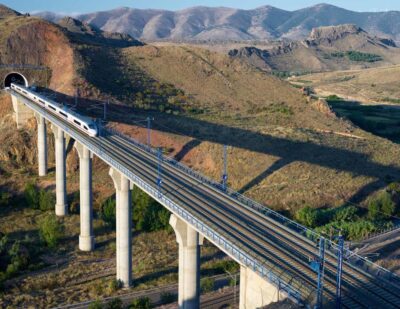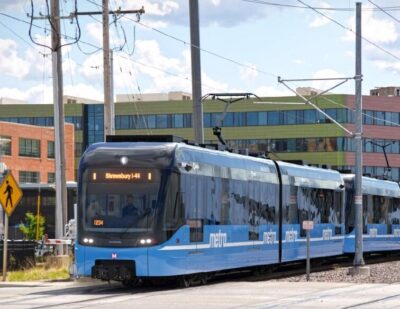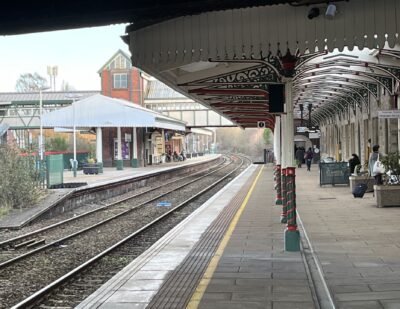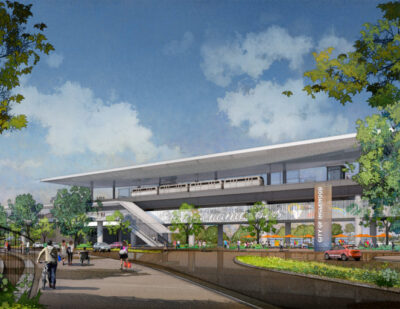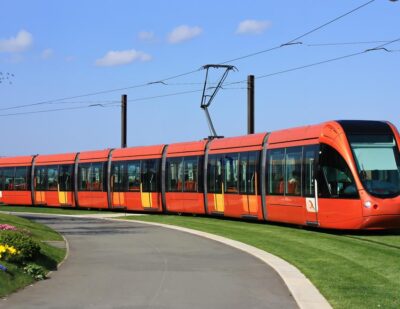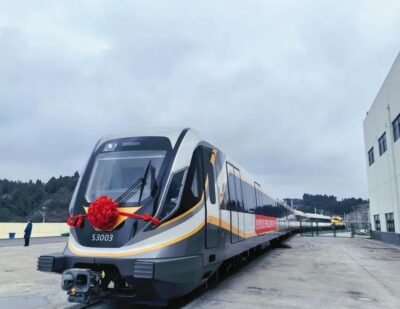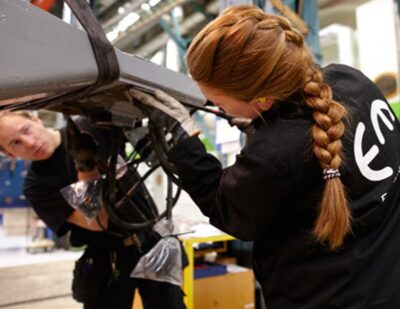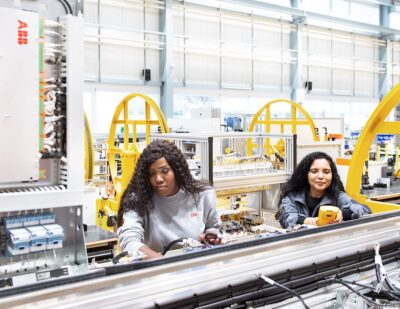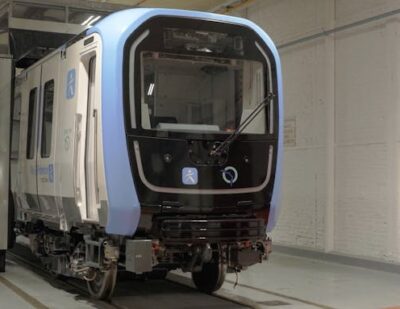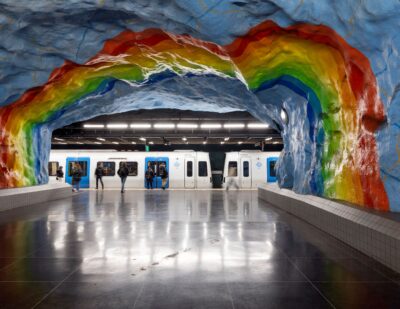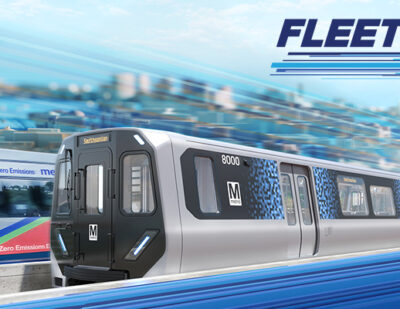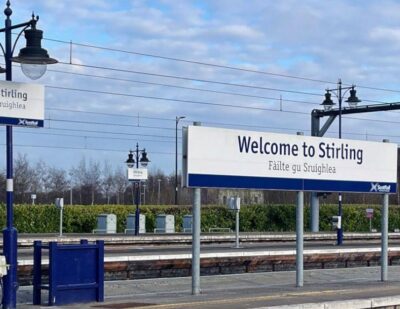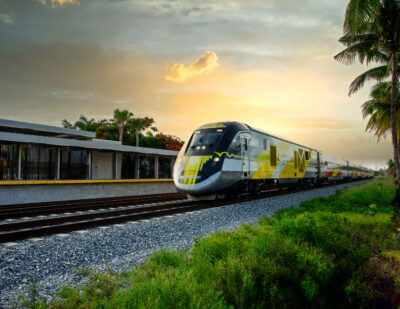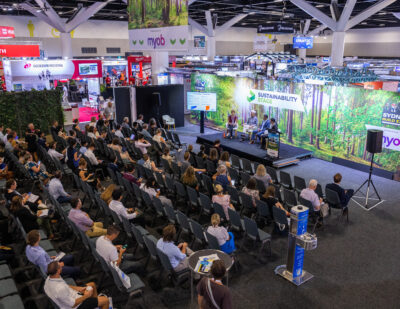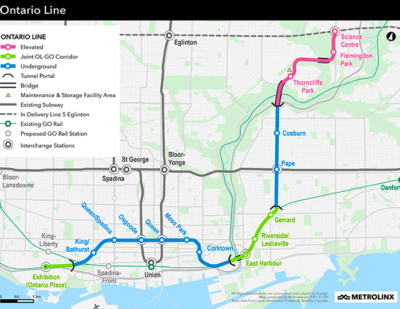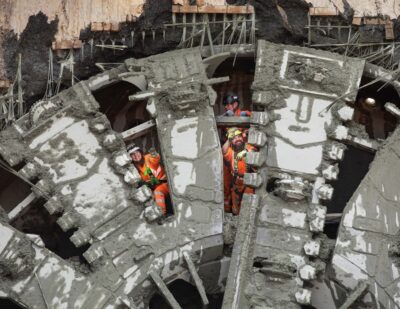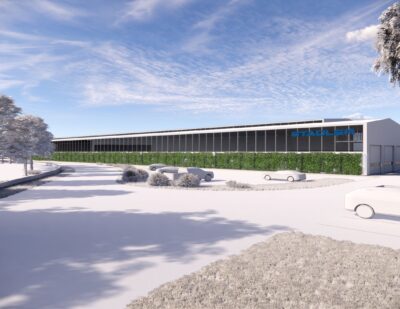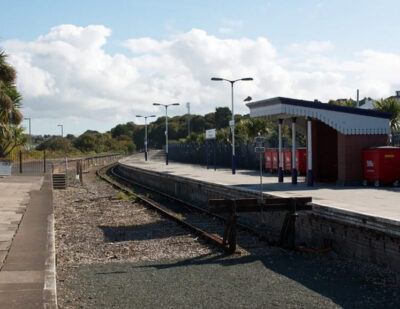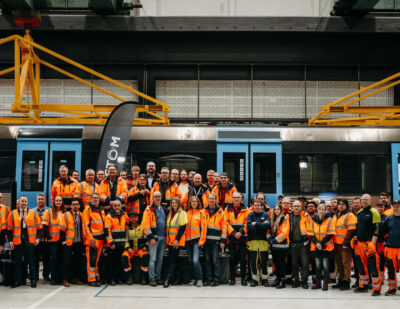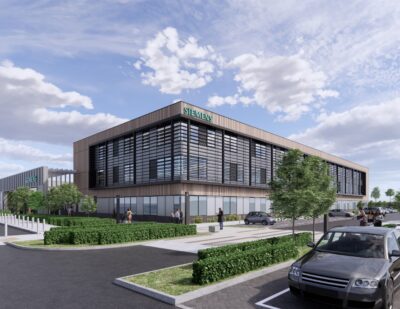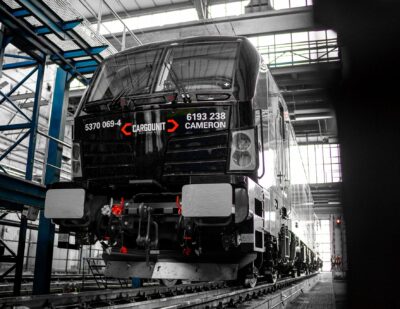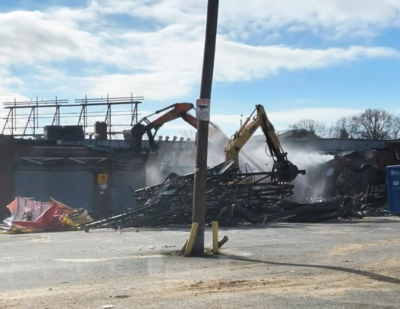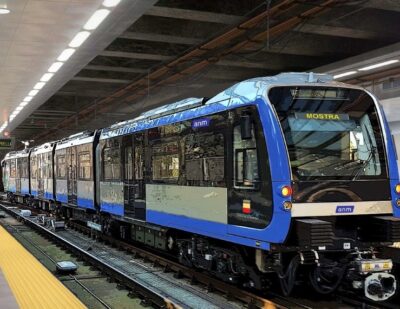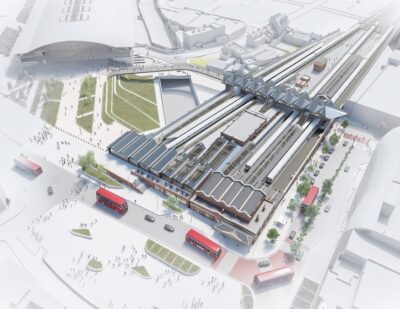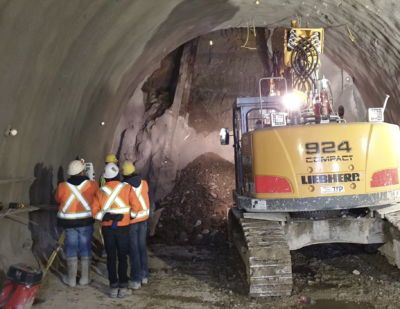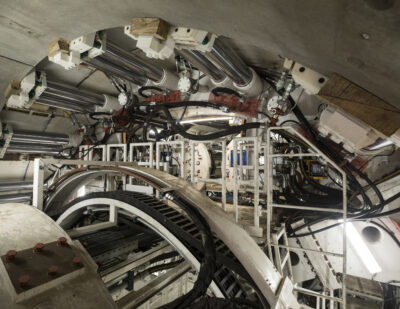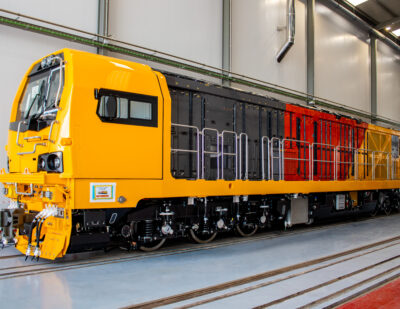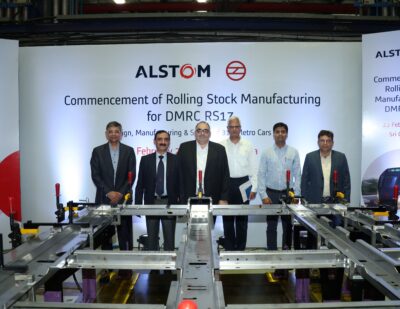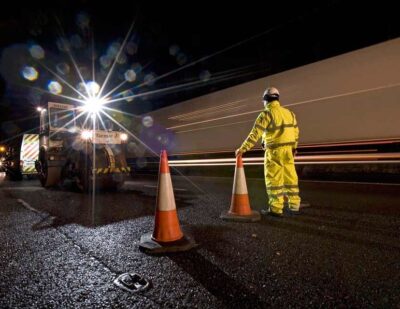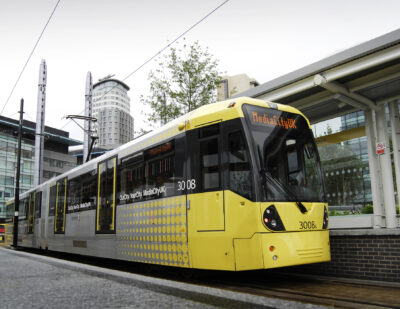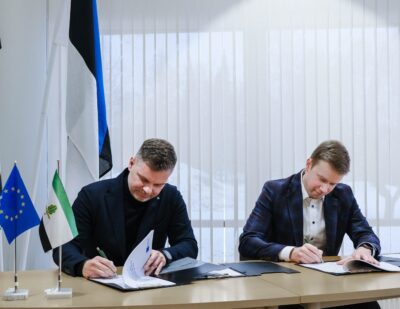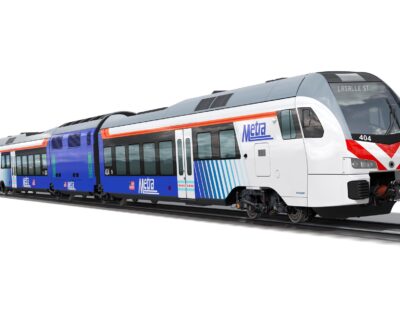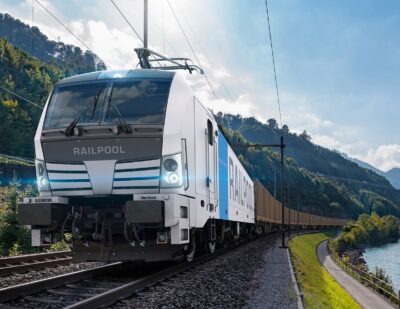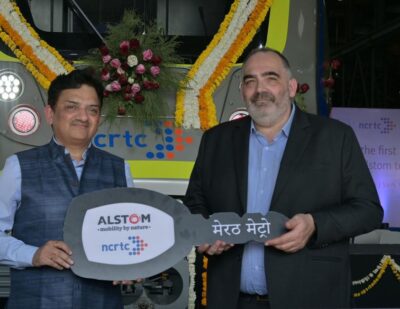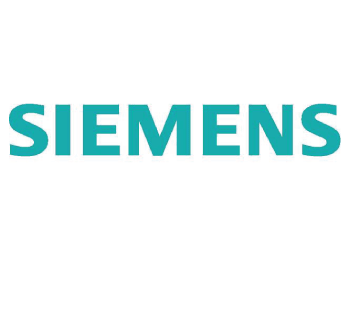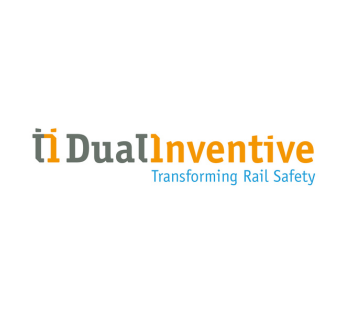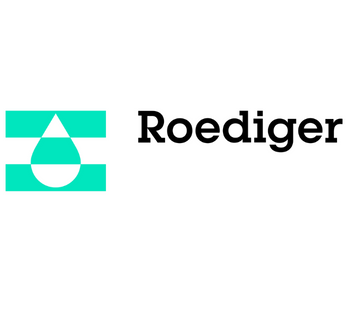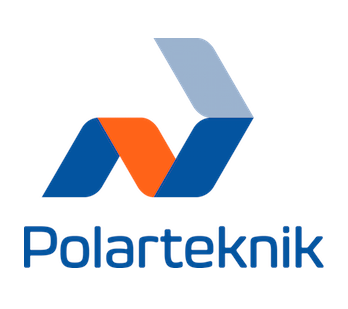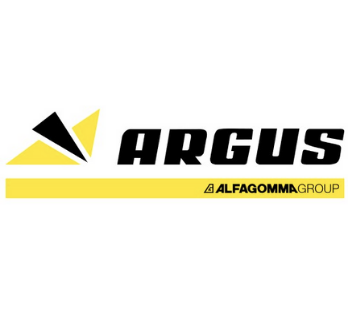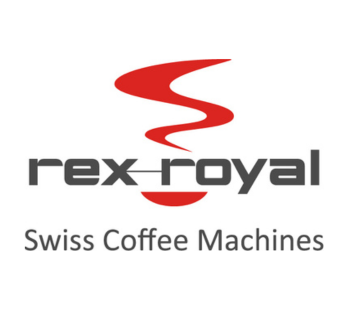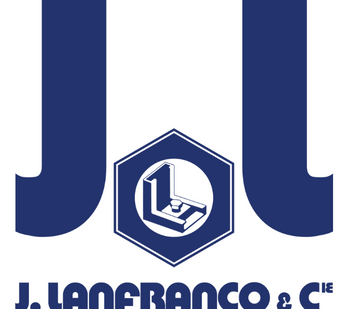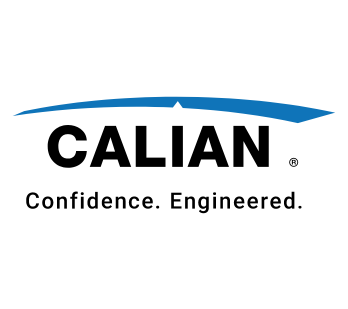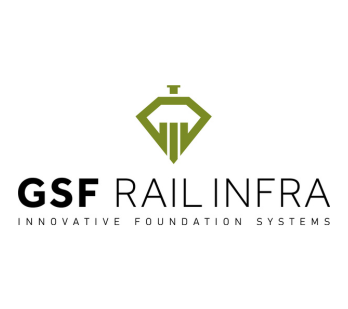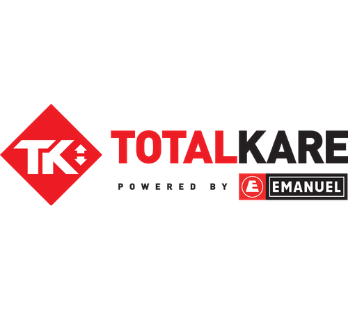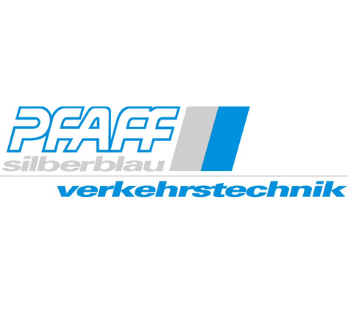Gotthard Base Tunnel – A Ground Breaking Project
The first Gotthard Tunnel through the Gotthard Massif is 15km long and took ten years to build, from 1871 to 1881. Its construction required the use of explosives, entailed the deaths of hundreds of workers and originally ran steam trains – which although makes it an engineering feat of its day, rendered it a grim business nonetheless.
The latter incarnation, the Gotthard Base Tunnel is equally as impressive an engineering achievement, but not nearly so grim. It is 57.1km long and runs 600m below its predecessor. It will run electric trains at up to 150km/h, and at a cost €9.34billion, it will revolutionise north-south rail travel in Europe by linking Erstfeld and Bodio in Switzerland. It is the longest, deepest railway tunnel in the world, and opened, ahead of schedule, and with a spectacular opening ceremony, on 1 June 2016.
Construction
AlpTransit Gotthard, a wholly owned subsidiary of the Swiss Federal Railways (SBB) was responsible for the construction of the Gotthard Base tunnel. The work was broken down into four segments, undertaken by the Transtec Gotthard consortium consisting of four companies: Atel Installationstechnik AG (lead), Alcatel-Lucent Schweiz AG/Thales Rail Signalling Solutions AG, Alpine Mayreder GmbH and Balfour Beatty Rail GmbH. Additional works have been carried out by partners ABB Schweiz AG, Burkhalter AG, IBM Schweiz AG, Kummler+Matter AG, Pöyry Infra AG and Scheuchzer AG.
The Challenges
600m below the earth could be safely described as hostile terrain. The climactic conditions, such as ambient temperatures of up to 40oC and humidity of up to 70% all had to be contended with, as well as a high risk of corrosion from an aggressive saline environment, brake and concrete dust and soot particles in the environment.
Because of the narrow diameter of the tunnel, the logistics of transporting equipment and workers into the tunnel was intricate; nearly everything was transported as far as 40km into the tunnel by rail from two installation yards at the north and south portals. In addition, all equipment had to be transported and stored in containers which would protect them from the environmental conditions, making them heavy and cumbersome.
Also, larger equipment and materials had to be delivered in exactly the right order because there was no room to shuffle them once inside the tunnel. There was sometimes no room to delivered components whole, meaning that some had to be assembled underground.
The tunnel was split into four sections, and each section was constructed in the same way – installing temporary structures and cables, which were systematically replaced by permanent ones, starting with the track in order that equipment and materials could be transported to the work site, and then catenary system to supply the electrics. There followed wiring, data points, technical systems and testing equipment. Measuring technology provided by Leica Geosystems and Amberg Technology was in constant use, ensuring that everything was carried out correctly on the first attempt.
Tunnel Boring Machine
The tunnel boring machines, named Gabi I and II, Sissi and Heidi, are big girls; S-210s and S-211s respectively, each weighing over 2,700 metric tons and 8.8m in diameter for the first part of the tunnel and refitted with 9.4m heads for the second, and each of them 440m long they each tunnelled up to 40m per day requiring 17 men to operate her and was operational 320 days a year. They cut through slate, gneiss and granite with 62 roller bits, requiring 2,500 kW energy to propel them, shifting a total of 28million tons of rock. The machines were built by Herrenknecht for the project.
Trackwork
The trackwork was undertaken by Balfour Beatty and Renaissance construction, who installed Sonneville Low-Vibration Track in both tunnels over 39 months. The construction took 125 engineers working in shifts 24 hours a day, seven days a week to lay 380,000 sleeper blocks, pour 131,000m2 of concrete and lay 290km of rails.
Catenary System
The R250 GBT overhead catenary system in the tunnel is cutting-edge; the overhead conductor rail consists of an aluminium profile and the copper catenary wire clamped inside, delivering the same power as a standard catenary system but reducing installation space, meaning that the tunnel diameter is smaller than would be expected from a standard overhead cabling system. The system is capable of supporting trains travelling at speeds of up to 250km/h. A peak value of 2,220 A over any 15 minute period in the R 250 GBT system meant that a parallel feeder cable was required.
Installing 57km of cable into two single track tunnels was a logistical feat in its own right; installation specialists Kummler+Matter and Balfour Beatty Rail undertook the venture. The saline conditions required that all components needed to be made of hot-galvanised steel, with all screw joints and relevant fixtures heavier than aluminium. Retensioning devices, cantilevers, drop tubes, feeder supports and silicon insulators were all tested extensively to meet the demands of the environmental conditions within the tunnel.
The tunnel holds 2,800km of cables for power supply and data communications. NKT Cables provided 170km of 120mm2 CuAG contact wire and 70mm2 of Bz messenger wire, as well as 850km of copper overhead lines, in addition to 100km of Al wires of different cross-sections as feeder and return conductors were being installed.
Signalling
Thales were the preferred bidder to supply the interlocking and signalling systems for the 300 trains per day that will run through the tunnels at speeds from 140km/h to 250km/h. The system installed will be European Train Control System Level 2 (ETCS 2), the standard signalling control system in Europe.
The ETCS signalling, control and train protection system, which was developed with the support of the European Commission in order to standardise signalling and control systems in Europe to enable easier cross-border travel, is an automatic train protection (ATP) system. It relies on real-time monitoring and communication between the radio block centre (RBC), track, cab and other trains, taking into account location, speed, predicted speeds (on bends, for example) and infrastructure integrity. It then analyses this data automatically and sends instructions directly into the train cab to instruct the driver on the safest and most efficient routes. The system does away with the need for red lights and manual braking.
Ventilation and Cooling System
The ventilation and cooling system was a two-phase project; the first was for the construction phase and the second is for passenger systems. During construction, with diesel engines, machinery, heat from the rock mass and tunnel walls, and the tons of cement which heated as it hardened, the cooling system was required to maintain acceptable working conditions.
It also had to be a compact system which would not interfere with the installation of the catenary system and track laying, and to fulfil safety requirements, include airlocks at four points along the length of the tunnel. The incident tunnel had to be pressurised in order that it remain smoke-free in the event of a fire, and the fans and cooling towers had to as unobtrusive as possible, and the whole system had to be robust enough to survive the environmental conditions.
Tunnel Control System
The tunnel control system was provided by Siemens who installed their LP60 Tunnel Control System, a pair of tunnel control centres (TCC) at the north and south portals of the tunnel which will house two Tunnel Control Systems (TCS). These systems monitor and control all of the electrical systems in the tunnel, collecting data, consolidating and visualising it in order to provide maintenance management strategies as well as emergency responses. A secondary, identical TCS is installed in the TCCs as backup, guaranteeing the highest level of safety.
The tunnel is continuously monitored, any malfunctions are immediately reported and a message navigation system identifies the exact point of issue, for example, the status of radio communication equipment, emergency calls and status of lighting and track monitoring systems. By delivering a visual overview to the operator of the status of the tunnel and the location of trains in the tunnel, the operator has a clear understanding of the status of the tunnel at all times.
In emergency scenarios, the first point of interest is the rail traffic monitoring function. Once detected, a notice of malfunction would be delivered to the relevant electrical system by the “tunnel reflex” facility which initiates all scenarios to address the malfunction; activating appropriate ventilation to the area, switching lights on, opening doors at appropriate points so that an emergency evacuation can take place.
The system even goes so far as to drain the storm water reservoir at the north or south ends of the tunnel so that the water is accessible to firefighting operations and to change the ventilation routes to minimise smoke damage. The system issues step-by-step instructions to the operator as to each cause of action to ensure procedures are followed.
The system also enables reactive and predictive maintenance with a centralised planning system; alerting the operator as to what maintenance is required where, and even where the tools and components are stored with the relevant maintenance manuals.
Rolling Stock
Stadler Rail were the preferred bidder to supply the rolling stock for the tunnel. They have supplied 29 11-car EC250 trainsets, each 200m long with capacity for 400 passengers. They offer disability access with low floors and wide doors and aisles. They also have a dining car, quiet, family and business zones, and power-sockets at every seat. Their maximum speed is 249km/h.
Gotthard Base Tunnel – A Once in a Generation Project
The original Gotthard Tunnel used cutting-edge, innovative techniques in its construction; initially this was gunpowder and hand drills, boring around 75cm a day. Dynamite and pneumatic drills were introduced a year into the construction, increasing the boring rate to around four metres a day. It was physically demanding work in unsafe conditions, without the benefits of adequate cooling and ventilation systems, and no health and safety regulations to protect workers. That 15km tunnel, which is still in operation, was an engineering marvel of its day. It is therefore fitting that the 57km Gotthard Base Tunnel will be lauded as the engineering marvel of our generation.

